AHEL Combat Laser for AC-130J Ghostrider Fire Support Aircraft
The US Air Force plans to strengthen the armament complex of the AC-130J Ghostrider fire support aircraft. To increase overall firepower and gain new combat capabilities, Lockheed Martin ordered the development of a new AHEL combat laser. By now, the contractor has completed the design work, as well as made a prototype and carried out preliminary tests. In the foreseeable future, after a series of necessary measures, the experimental laser will be installed on a standard carrier.
Laser in the sky
The idea of creating a laser combat complex based on the C-130 transport aircraft appeared back in the nineties. Various projects were developed and experiments were carried out, but things did not go beyond experiments. Chemical lasers of that time, possessing sufficient power, were distinguished by their large dimensions, weight, power consumption and heat release. Integration of such weapons on the C-130 turned out to be extremely difficult and had no practical sense.
With the advent of modern high-performance solid-state lasers, the old concept has been given a second life. Since the mid-tenths, ideas have been expressed to resume the development of a laser complex based on a transport aircraft, and in 2017 new weapons were proposed to be installed on the AC-130 fire support aircraft of the next modification.
Soon, the Air Force, Navy and US Special Operations Command launched a joint Airborne High Energy Laser (AHEL) program, which aims to create a combat laser for multiple platforms. In the case of the Air Force, it will be carried in the future by the AC-130J Ghostrider. All leading creators of laser weapons were invited to participate in the program.
In January 2019, the Air Force selected a contractor for their project; it was Lockheed Martin through its Advanced Product Solutions division. In the coming years, she was to complete the development of the AHEL laser, perform integration with the carrier, and then manufacture and test a prototype. In July 2021, a similar order from the Navy followed.
On October 6, Lockheed-Martin spoke about the completion of a significant part of the work. The design of the AHEL laser has been successfully completed. The prototype was built and passed the factory acceptance tests. Now the product will be handed over to the customer, and it will be combined with other components of the complex. After the ground tests, the combat laser and other devices will be installed on an experimental carrier for testing in the air.
The Air Force and Lockheed Martin are not yet able to name the start of flight tests. At the same time, the Special Operations Command previously claimed that they could start as early as FY2022. It is not known whether it will be possible to fulfill such plans. The timing of the completion of work and the start of mass modernization of equipment is also not specified. This will probably not happen until the middle of the decade.
Technical features
The customer and the developer have not yet disclosed all the technical details of the project, but there is already some information and certain possibilities for assessments. All this makes it possible to assess the potential of both the AHEL laser itself and the Ghostrider aircraft equipped with it.
AHEL is known to be a solid state laser, although the type of operating medium is not named. In the documents of the Special Operations Command, the emitter power of 60 kW was mentioned, which is considered sufficient for solving a wide range of combat missions, incl. with gaining advantages over standard receiver systems.
The cargo compartment of the AC-130J aircraft has been converted into a fighting compartment and accommodates various weapons systems, ammunition, control devices, etc. Accordingly, the components of the AHEL complex must be compact and light enough to fit into the remaining volumes and not exceed the carrying capacity.
Aiming of the beam at the target can be carried out using the "ball" with optics, which is usual for modern lasers. Since the AC-130J is intended for work on the ground, it will be installed on the bottom of the aircraft and possibly made retractable. Such layout solutions have already been tested in old projects and have shown themselves well.
Guns and Rockets
It is obvious that the new type of combat laser will expand the combat capabilities of the AC-130J aircraft. However, even in its current form, its complex of weapons meets all the requirements and allows solving a wide range of tasks to defeat ground targets and provide support.
The bow of the fighting compartment is equipped with a 30-mm automatic cannon GAU-23 / A - originally a land-based Mk 44 Bushmaster II. In the tail, the installation for the 105 mm M102 gun is retained. Both cannons are on the port side; their installations are designed for firing with large declination angles.
Recent modifications of the AC-130 also carry missile armament. A 10-cell Gunslinger system is installed on the tail ramp for AGM-176 Griffin guided missiles or GBU-44 / B Viper Strike bombs. On the wing consoles there are two beam holders for four missiles or bombs. They are equipped with AGM-114 Hellfire missiles and GBU-39 SDB or GBU-53 / B SDB II bombs.
The AC-130J also carries an advanced fire control system. There are modern all-weather and all-day surveillance equipment, a digital weapons control system, communications equipment, etc. An airborne defense complex is provided, including decoys and jamming stations of several types.
Future opportunities
In its current form, the AC-130J Ghostrider is capable of providing effective fire support and hitting a variety of ground targets in a wide range of ranges. So, within a few kilometers, the aircraft can effectively use artillery, and the Hellfire missiles fly 10-11 km. For SDB and SDB II bombs, a range of up to 110 km is declared when used on a stationary target or 72 km on a moving one.
After installing the AHEL laser, the aircraft will receive new capabilities. So, at full power, the laser can become a convenient addition or, in some situations, a replacement for barrel armament. With its help, it will be possible to disable or destroy various targets and objects. At the same time, the economic indicators of AHEL are of great importance. If a laser shot is cheaper than a cannon round, the Air Force will have obvious financial and combat advantages.
The AHEL product will most likely be made in the form of a movable "ball" under the bottom. Unlike barreled weapons, it will be able to control the entire lower hemisphere and quickly aim at the selected target. There are also advantages over missiles and bombs, because the beam reaches the target instantly. Accordingly, the laser will simplify the defeat of already known targets and accelerate the response to sudden threats.
The laser has fundamentally new "non-lethal" capabilities for the AC-130J. It is capable of suppressing optical means, at reduced power or at the same parameters, but at an increased range. This can be used to suppress air defense before entering its zone of action or before reaching the line of fire / missile launch. Other scenarios are also possible.
It is noted that the laser almost does not unmask itself during use. Without special means, the beam remains invisible, and the sound of the shot is simply absent - although there is the noise of the aircraft engines. Thus, Ghostrider with AHEL will be able to carry out covert attacks and the enemy, at least, will not immediately understand what happened to him. However, this is only possible in situations where a large aircraft has the ability to unnoticed by the enemy to enter the area of operation.
Benefits and complexity
There are high hopes for the current AHEL project. The Air Force and the Special Operations Command expect that it will be successful and will allow the existing AC-130J aircraft to be re-equipped with a fundamentally new system, which has a number of characteristic capabilities that are still missing. The Navy also hopes for the success of the current project, since in the future the AHEL laser should become the basis for a certain ship complex.
Lockheed Martin gives customers a reason to be optimistic. Part of the work on AHEL has been successfully completed, and now a new stage of the program begins. However, none of the participants should be overly optimistic yet. The next stage of work is particularly difficult and important. Now it is necessary to ensure the integration of the new laser with a specific carrier, as well as to obtain all the required technical, combat and operational characteristics.
One of the customers claims that some of this work can be carried out in the very near future, and by the end of 2022 the experienced AC-130J Ghostrider with the new AHEL complex will begin flight tests. Other army structures and the development company do not touch on the topic of timing, perhaps because of the understanding of the complexity of the upcoming work and the associated risks.
Time will tell whether it will be possible to complete all the assigned tasks within a reasonable timeframe - and generally create a combat laser suitable for practical use on an aircraft. At the same time, it is obvious that the AHEL project, which is already showing noticeable success, is one of the most interesting and important for the US Air Force, and therefore everything possible will be done for its successful completion.
- Ryabov Kirill
- The US Department of Defense
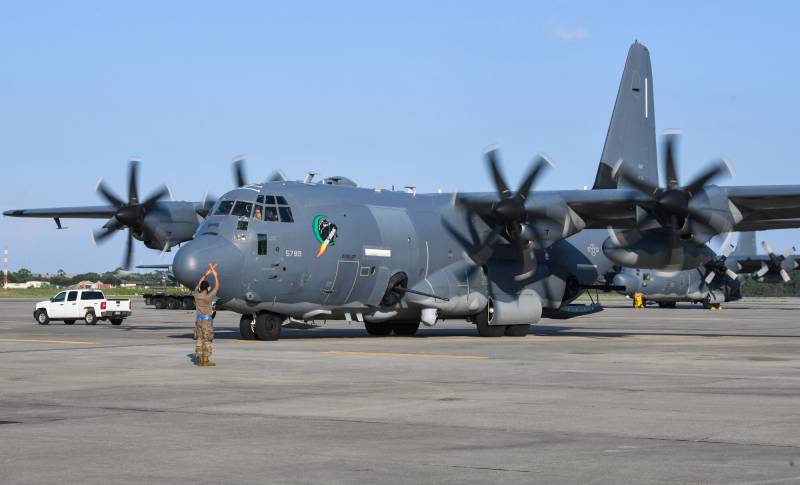
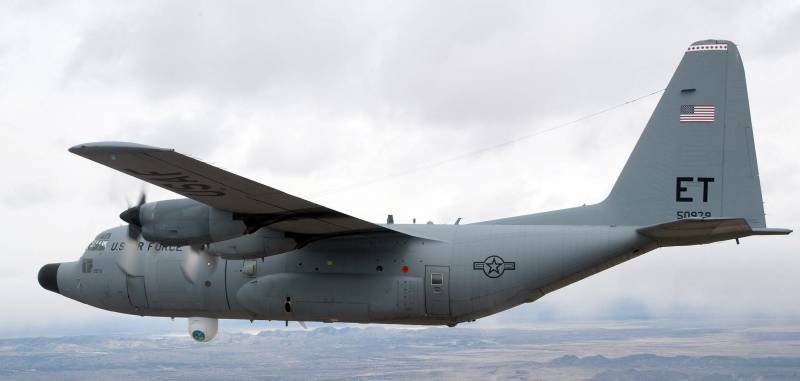
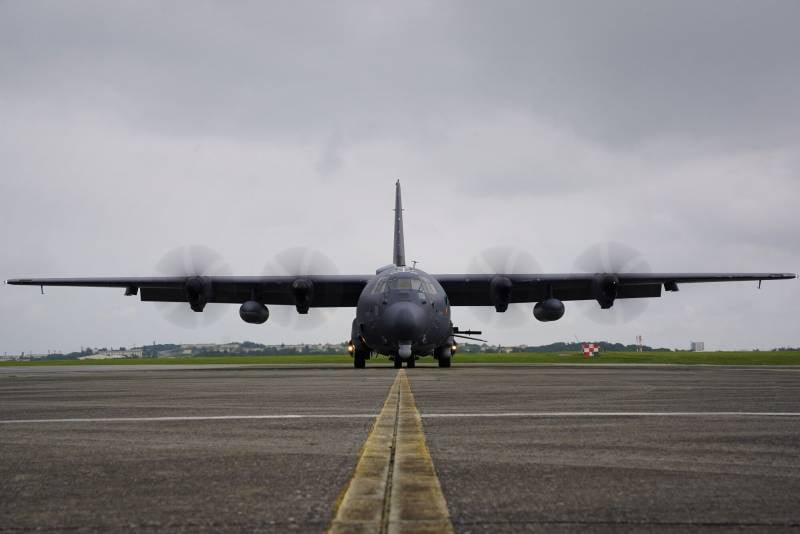
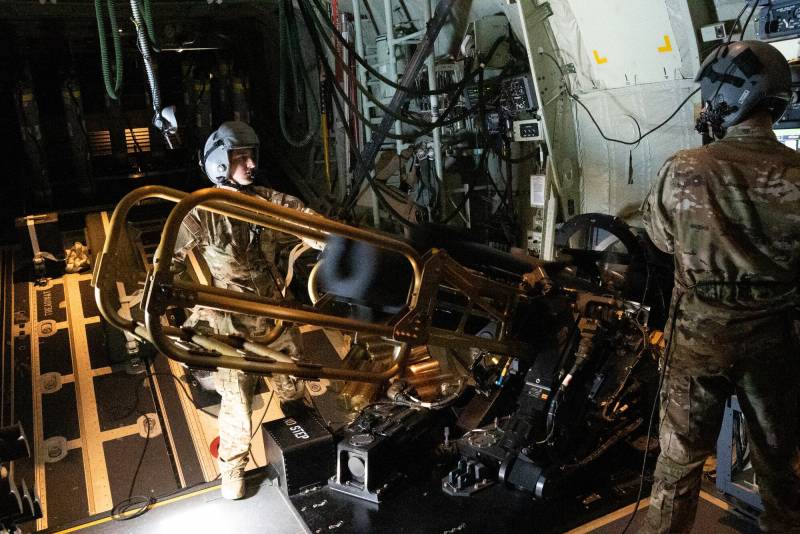
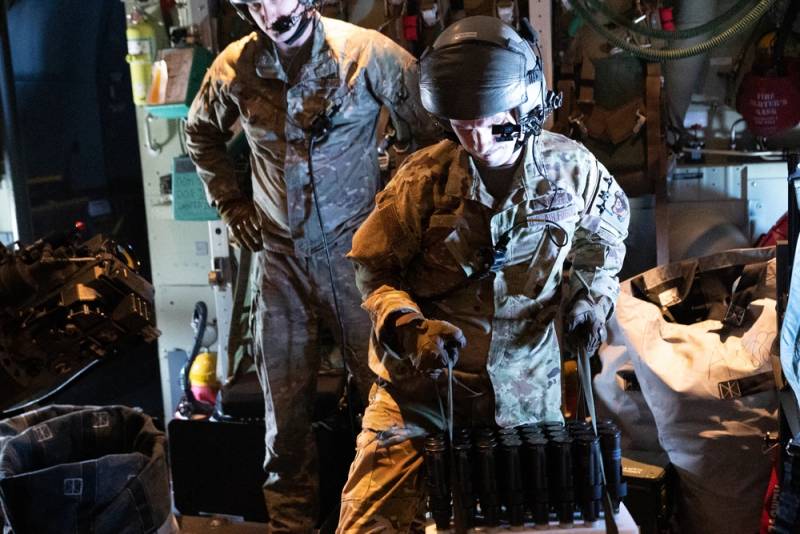
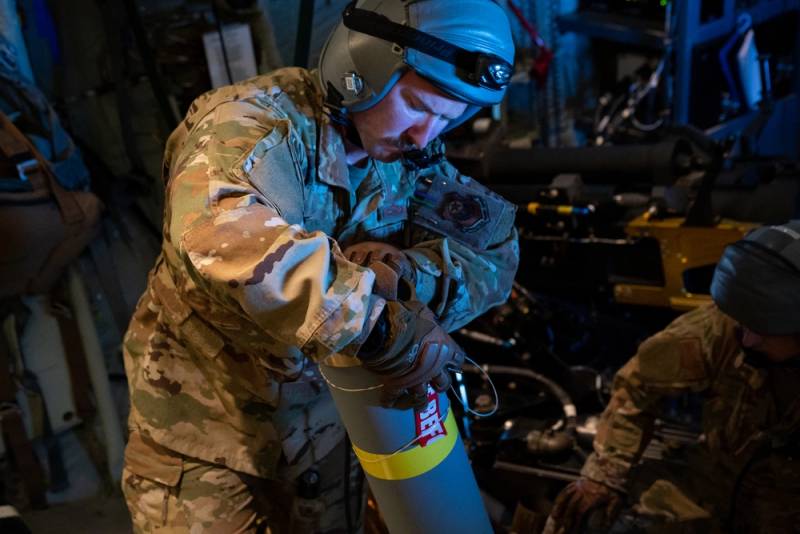
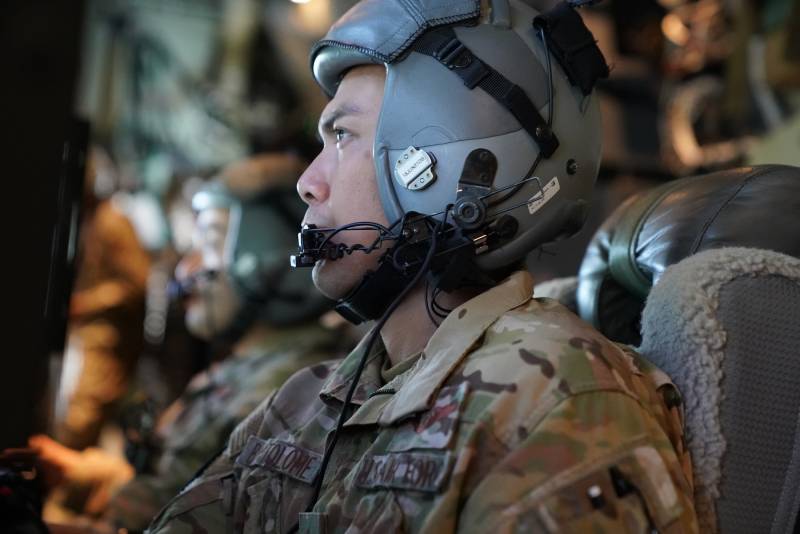
Information